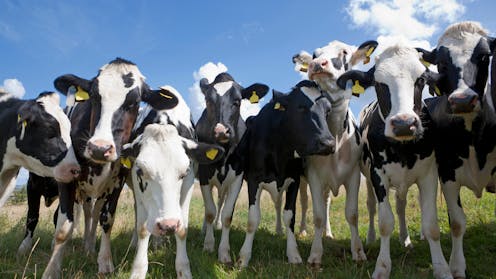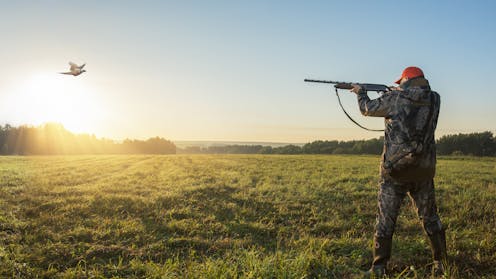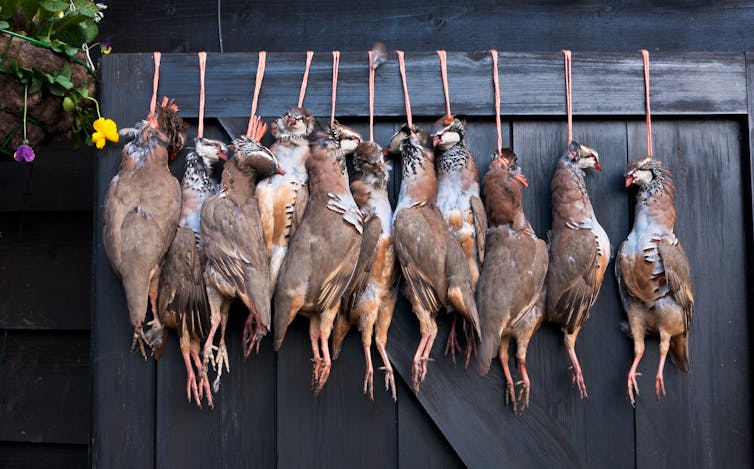Source: The Conversation – UK – By Eric Shaw, Honorary Research Fellow in Politics, University of Stirling
At its recent conference in Brighton, the union Unite voted overwhelmingly to expel deputy prime minister Angela Rayner from membership.
The successful motion denounced the way Birmingham’s Labour council has handled a pay dispute with the city’s bin workers, which, it claimed, involved large pay cuts. The motion also condemned the Labour government for supporting the council.
Rayner was suspended because, in the words of Unite general secretary Sharon Graham, she had “backed a rogue council that has peddled lies and smeared its workers fighting huge pay cuts”.
The resolution called upon the union leadership to “re-examine” its relationship with the Labour party. Graham added: “People up and down the country are asking whose side is the Labour government on and coming up with the answer, not workers”.
Rayner’s suspension seems an extraordinary move. The soft-left deputy PM is the most senior pro-union voice in the government and has a long history in the union movement. Crucially, when in opposition, Rayner was primarily responsible for hammering out a package of measures with the unions that was designed to bolster employee rights. These measures are now in the process of being codified in the employment rights bill that is making its way through parliament.
Why Rayner (along with some Birmingham Labour councillors) was selected for expulsion is unclear. Perhaps the union was simply lashing out. The impact of its decision was lessened by the fact that Rayner says she had already resigned from Unite and remains a member of Unison, a union in which she once served as an official.
Unite and Labour
The more significant move was (or appeared to be) the pledge to “re-examine” Unite’s relationship with the party. This should be placed in the context both of recent controversies over attempts to means-test winter fuel payments and cut disability benefits, and of reports of moves to form a new leftwing party under the putative leadership of Jeremy Corbyn and Zarah Sultana..
Might Unite disaffiliate from Labour and rally behind the new party? Given that Unite, with its 1.2 million members, is Britain’s second largest union (after Unison), and, over the years, has been a generous donor to Labour, such a move would be significant. Support from Unite could give the new leftwing party real heft and allow it to pose a worrying threat to Labour’s electoral prospects.
Unite’s recent history might suggest this as a possibility. With a long tradition stretching back over three quarters of a century, Unite (and its precursor, the TGWU) has been a stalwart of the Labour left. Under its leftwing general secretary, Len McCluskey, Unite made a major contribution to Ed Miliband’s election as party leader in 2010. McCluskey subsequently attacked Miliband for drifting too far to the right.
The union then played a crucial role in sustaining Jeremy Corbyn’s leadership: indeed, without its support, Corbyn might not have survived so long. And as it became evident that Keir Starmer was determined to wrench the party to the right, Unite once more became the centre of leftwing dissent.
McCluskey retired in 2021, but neither of the two candidates affiliated to his “Unite left” faction won the election to succeed him. Unexpectedly, they were both defeated by Graham, another leftwinger who believed that Unite had become too embroiled in internal Labour party matters and was determined to divert resources away from funding the Labour party to industrial activities.
The dog that hasn’t barked
However, Graham’s desire to divest from Labour should not be taken as a sign that she wants to reinvest in another party. The whole thrust of Graham’s leadership is to give much higher priority to industrial than to political concerns.
Even had she not been so explicit about this, union leaders are, above all, realists. They are concerned with the practicalities of protecting the interests of their members and hence averse to risky political experimentation.
And, however contentious a role Unite has played in the Labour party, multiple ties, in terms of history, tradition, ethos and interest, still bind the two together.
The row between Unite and Labour shouldn’t lead us to overlook the fact that, despite all the controversies and disappointments, the other major union affiliates, including Unison, GMB and USDAW, have largely refrained from public criticism of the government.
This is a sign of loyalty. The unions do not wish to add to the massive problems the Starmer government already faces. But it’s also evidence that, however undersold, the Labour government is delivering on the issues that matter to unions. Its employment rights bill promises the most significant enhancement of individual and collective worker rights in a generation. The unions will allow nothing to jeopardise this.
But for Starmer, there is no room at all for complacency. With a stuttering economy, greatly overstretched public services, a cost of living crisis and very difficult public sector pay negotiations, even the most sympathetic union leaders will come under great pressure from a disgruntled rank and file to take a tougher line with the government. The road ahead will be rocky.
![]()
Eric Shaw is a member of the Labour party
– ref. How to understand the row between Angela Rayner and Unite – and what it means for Labour’s relationship with the unions – https://theconversation.com/how-to-understand-the-row-between-angela-rayner-and-unite-and-what-it-means-for-labours-relationship-with-the-unions-261340













